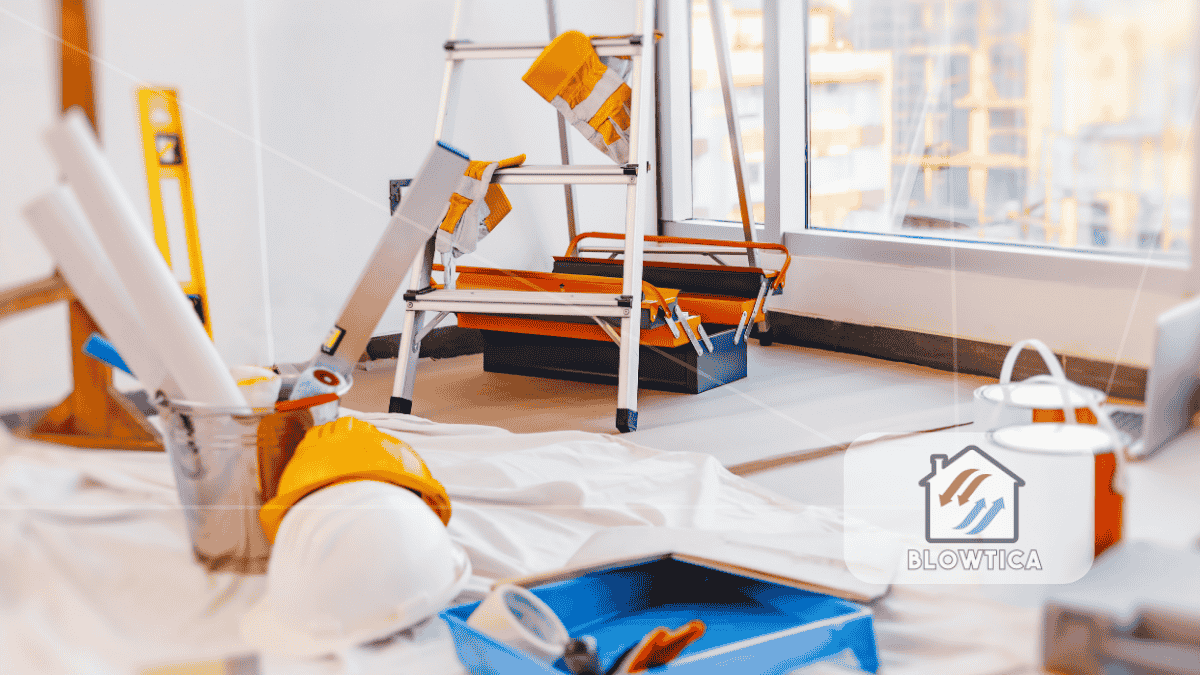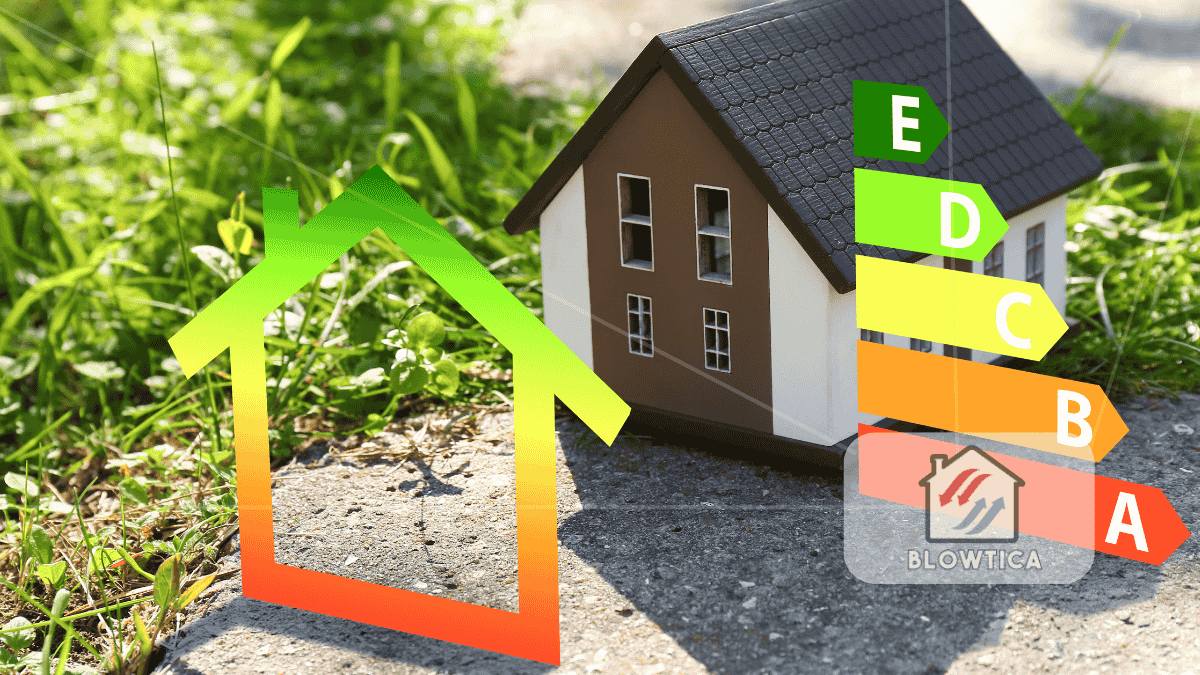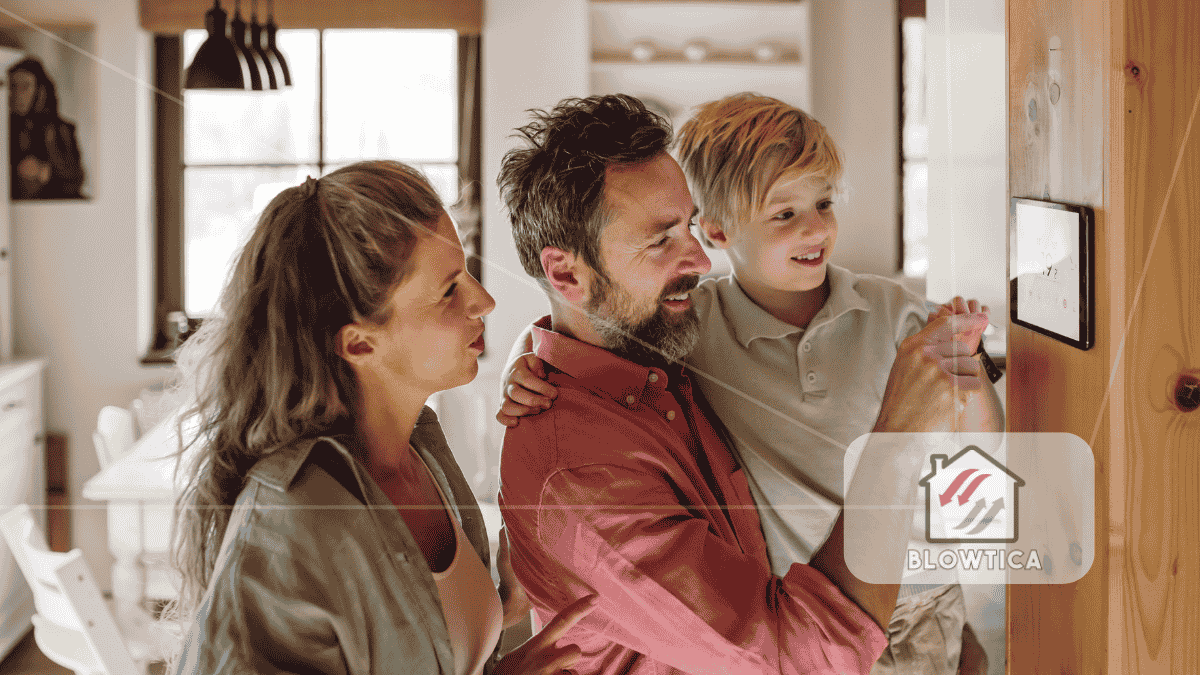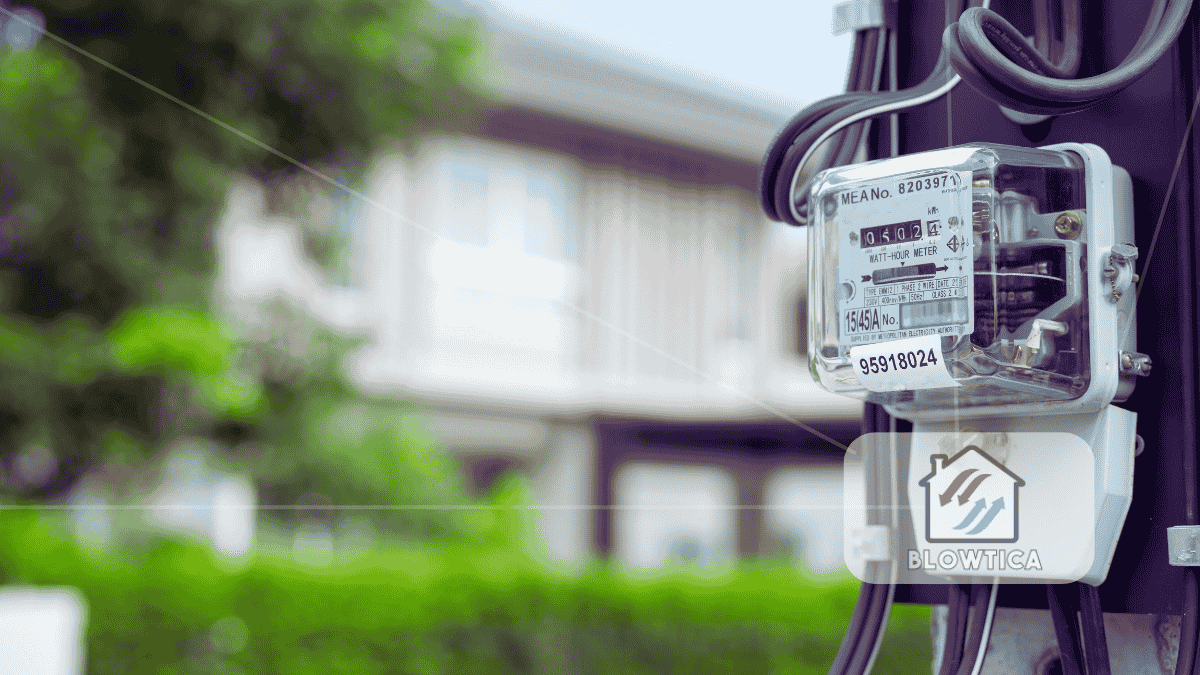
Most people renovate their homes to upgrade style or functionality. But there’s another powerful reason to renovate one that often gets buried beneath kitchen upgrades and bathroom retiling: your air quality. The top 5 home renovations for indoor health go beyond looks, they target the air you breathe. Indoor air pollution can quietly trigger allergies, worsen asthma, and drain your energy day after day.
Fortunately, some renovations go beyond surface changes and directly improve the air you breathe. In this guide, we’ll break down the top 5 home renovations that not only enhance your space but also make it healthier. If you’re planning a remodel, these are upgrades worth prioritizing.
1. Improve Whole-Home Ventilation
If your home constantly feels stuffy or smells linger too long, you likely have ventilation issues. Proper ventilation moves stale air out and brings filtered air in a foundational step toward cleaner indoor air.
What’s Going Wrong in Most Homes
Older homes often rely on passive airflow or outdated exhaust systems. Without a steady flow of fresh air, indoor pollutants from gas stoves, cleaning sprays, furniture, and even breathing build up over time. The result? Poor air quality and an increase in airborne irritants like VOCs and dust.
Smart Renovation Fix
Install a balanced ventilation system like an ERV (Energy Recovery Ventilator) or HRV (Heat Recovery Ventilator). These systems bring in outside air and exhaust stale indoor air while managing heat and humidity exchange to keep energy bills under control.
If a full system upgrade isn’t in your plans, even upgrading bathroom and kitchen exhaust fans can make a noticeable difference. Just make sure they’re vented outside not into your attic or crawlspace, which can lead to mold buildup.
2. Replace Carpets with Low-Emission Hard Flooring
The carpet might be cozy, but it’s a magnet for pollutants. It holds onto dust, pollen, mold spores, and pet dander. And even worse some carpets and padding emit formaldehyde and other VOCs.
What Lurks Beneath
Vacuuming helps, but it can’t reach deep-seated allergens or eliminate particles. If you have kids playing on the floor or anyone in the home with respiratory issues, the carpet can quietly be harmful.
Smart Renovation Fix
Switch to non-toxic hard flooring like sealed hardwood, bamboo, cork, or polished concrete. Engineered wood and luxury vinyl planks are also options just choose low-VOC certified materials and adhesives.
Not only are these floors easier to clean, but they also prevent allergen buildup and don’t off-gas harmful chemicals. If you miss the softness of carpet, try machine-washable, low-pile area rugs made from natural fibers like wool or cotton.
3. Add or Upgrade Whole-House Air Filtration
Your HVAC system likely has a standard filter but that’s not enough to trap the microscopic stuff that causes real health problems.
What You’re Breathing In
Airborne particles like PM2.5 (particulate matter smaller than 2.5 microns), pet allergens, mold spores, and even viruses can slip through basic filters. Add in fumes from cleaning products or off-gassing furniture, and you’ve got a recipe for poor indoor air.
Smart Renovation Fix
Install a whole-house air purification system connected to your HVAC unit. Go with:
- HEPA-grade filters: Best for trapping fine particles and allergens.
- Carbon filters: Great for removing odors, VOCs, and smoke.
- UV light add-ons: Help kill bacteria, mold, and viruses inside the ducts.
Also, opt for filters rated MERV 13 or higher if your HVAC system supports it. Change filters regularly every 2–3 months, or more often if you have pets or live in a high-pollen area.
Don’t forget to schedule seasonal HVAC tune-ups to keep air flowing cleanly and prevent dust and mold buildup inside ducts.
4. Use Low-VOC or Zero-VOC Finishes Everywhere
Paints, stains, adhesives, and sealants are some of the top indoor polluters especially right after renovation projects.
The Hidden Side of a Fresh Coat
That “new paint smell” isn’t harmless it’s caused by VOCs that evaporate into your indoor air and can irritate the eyes, nose, and throat. Prolonged exposure may even impact liver and nervous system health.
Smart Renovation Fix
Always choose low-VOC or zero-VOC paints, primers, and finishes. Look for independent certifications like GreenGuard Gold or Green Seal, which verify that a product meets strict emission limits.
And don’t stop at walls make sure floor finishes, cabinetry stains, and caulks are also low-emission. Avoid oil-based products unless they’re labeled safe for indoor air.
During the painting process, keep windows open, use exhaust fans, and wait until fully dry before reoccupying the space.
5. Seal Air Leaks and Insulate with Safe Materials
You may not see them, but your home likely has tiny cracks and gaps that let in outdoor pollutants along with dust, pollen, moisture, and pests.
What’s Leaking In
Leaky ductwork can draw in dirty air from crawlspaces or attics. Poorly sealed windows allow outdoor allergens and smoke to sneak inside. Even your insulation might be contributing to poor air if it’s made from fiberglass or spray foam with harsh chemicals.
Smart Renovation Fix
Start with a home energy audit or blower door test to locate problem areas. Then:
- Seal ducts with mastic or foil-backed tape, not basic duct tape.
- Caulk around windows, doors, and baseboards to reduce airflow gaps.
- Upgrade insulation in attics and walls with safe, non-toxic options like cellulose (recycled paper) or mineral wool, which is naturally mold-resistant and fire-retardant.
By sealing and insulating well, you’ll prevent air intrusion and moisture problems that often lead to mold one of the biggest culprits in bad indoor air.
Bonus: Address Furniture, Cleaning, and Lifestyle Habits
Renovations do the heavy lifting, but everyday choices also shape your home’s air quality.
Here’s what you can do:
- Choose solid wood or metal furniture over particleboard, which off-gasses formaldehyde.
- Avoid synthetic air fresheners and scented candles loaded with VOCs. Use essential oils, natural sprays, or just open windows.
- Use fragrance-free, non-toxic cleaners made from vinegar, baking soda, or plant-based ingredients.
- Control indoor humidity with a dehumidifier. Aim for 40–50% to reduce mold and dust mites.
- Add air-cleaning houseplants like spider plants, peace lilies, or snake plants. While not miracle workers, they do help filter the air while adding some greenery.
Why Renovating for Air Quality Matters More Than Ever
We spend nearly 90% of our time indoors, and modern homes are built tighter than ever. That’s great for energy bills but not so great for airflow. Without fresh air circulating and pollutants being removed, your home becomes a sealed bubble of chemicals, allergens, and microscopic irritants.
These top 5 home renovations help break that cycle. They clean the air at the source, reduce the introduction of new contaminants, and give your lungs a break.
Think about it: A stylish new kitchen is nice. But one that also supports your health? That’s smart living.
Final Thoughts: Renovate for Comfort You Can Feel
Not all renovations are visible. Some you feel in your breathing, your sleep, your focus. Cleaner air is one of the most overlooked benefits of remodeling and the most powerful.
By tackling ventilation, flooring, filtration, finishes, and insulation, the top 5 home renovations we’ve covered do more than improve resale value. They improve your quality of life every single day.
So before your next home upgrade, ask yourself: What am I breathing in here?
Improving your home shouldn’t just look good, it should feel good too.







